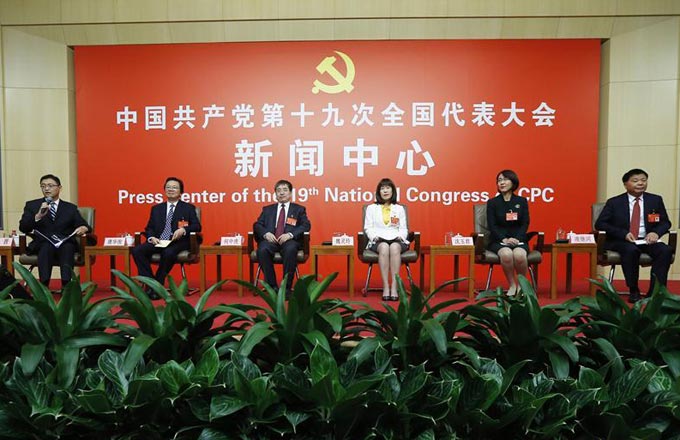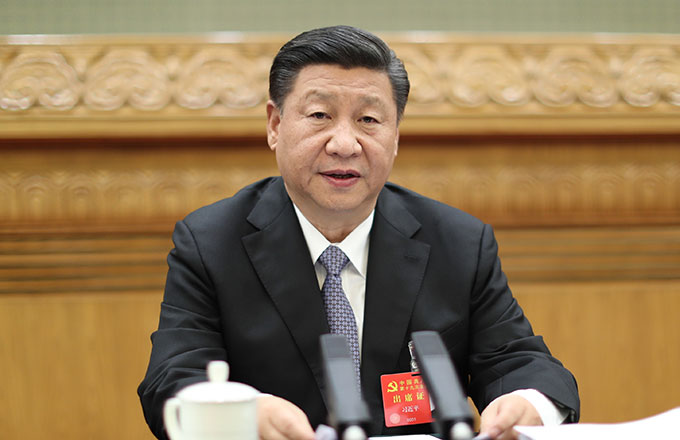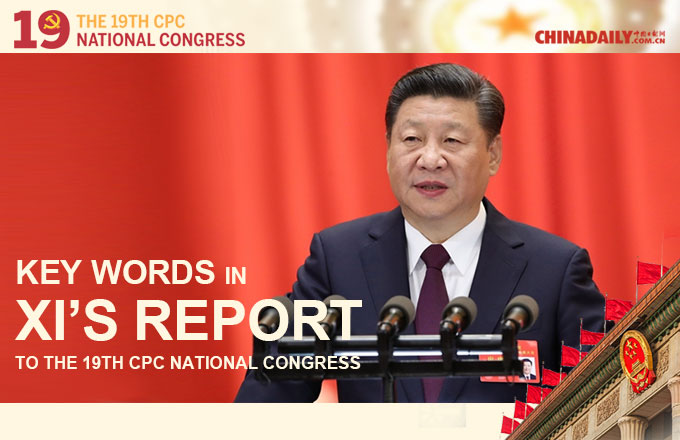Lessons to be learned in new global classroom
 |
|
Tom Clifford [Photo/China Daily] |
Congresses are about legacies and planning. There are many ways to measure a country's greatness: GDP, military strength, standard of living. My favorite is education, from kindergartens to colleges. More than any other aspect of a society, it shows vision, foresight, ambition and caring. China has arrived economically, and its education sector is reaching out in ways that would have been unimaginable until recently. A primary engine of growth for international higher education, China is leading the way in student recruitment, English and Chinese language programs, transnational education and short-term study abroad.
The Ministry of Education launched the Study in China plan in 2010, with the aim of attracting 500,000 students by 2020.
They are well on the way to that, with 442,773 international students studying in China last year. Countries, especially the United States, are sending students to study in China, and perhaps some of these students would in the past have chosen the United Kingdom, other countries in Europe, or stayed in the US. This outreach is not a global trend. In the UK, the number of incoming international students has hit a plateau, according to figures from the UK Council for International Student Affairs. This is against the backdrop of increasingly rigid visa regulations for international students and the Brexit vote aftershocks.
A report this year by the American Association of College Registrars and Admissions Officers says four out of 10 US colleges reported fewer international applications.
China is bucking the trend. The plan's goal is to make the country an attractive destination for degree-seeking international students. Policy initiatives to ensure this are in the works, including bilateral partnerships, additional scholarships for one-year language preparation courses, more programs in English, and easier access to the job market for international students.
I write as a journalist, but speak as a father. My son is taking a degree course in Beijing. Two of his foreign friends that he went to school with are also taking degree courses in the capital. This suggests to me a changing world, one that is offering a new horizon of opportunities to young people. New horizon? Maybe a new landscape.
More than 600 Chinese universities are working in partnership with foreign institutions to offer hundreds of joint programs for bachelor's, master's and doctoral degrees. This approach will shake up global education.
I saw firsthand a small example of this. The Irish embassy in Beijing has a deserved reputation as a welcoming place that gathers people to socialize in friendly and welcoming surroundings. It recently held a reception for Irish students coming to spend time in China to learn the language and culture. I talked to many of them. All were agreed that China will play a major role in their lives, and they wanted to see and experience the country. That single response differentiated them from previous generations.
New initiatives including Silk Road partnerships are set to create further opportunities for engagement with China. Chinese students help many foreign institutions meet their international student recruitment goals.
This year will see 8 million students graduate from Chinese higher-education institutions, a record number that is more than twice that of the US.
But it is not just overseas where change is coming. Alongside China's vast investments in elite higher-education institutions, the country is also developing transnational higher education, both within and beyond China. One example is Zhejiang University. One of the country's oldest and most prestigious universities, it has opened a new international campus in Haining, two hours from the original campus, which opened in 1897.
This new campus has established partnerships with elite institutions from across the world, including the University of Edinburgh, the Massachusetts Institute of Technology, the University of Illinois at Urbana-Champaign and the University of Pennsylvania, which are opening joint research and teaching institutes and providing dual degree programs. This type of approach is being repeated in campuses across the country.
As with any endeavor, lessons will be learned along the way, but one important one has been learned already: China is a global classroom nurturing a new generation of internationally minded students.




















